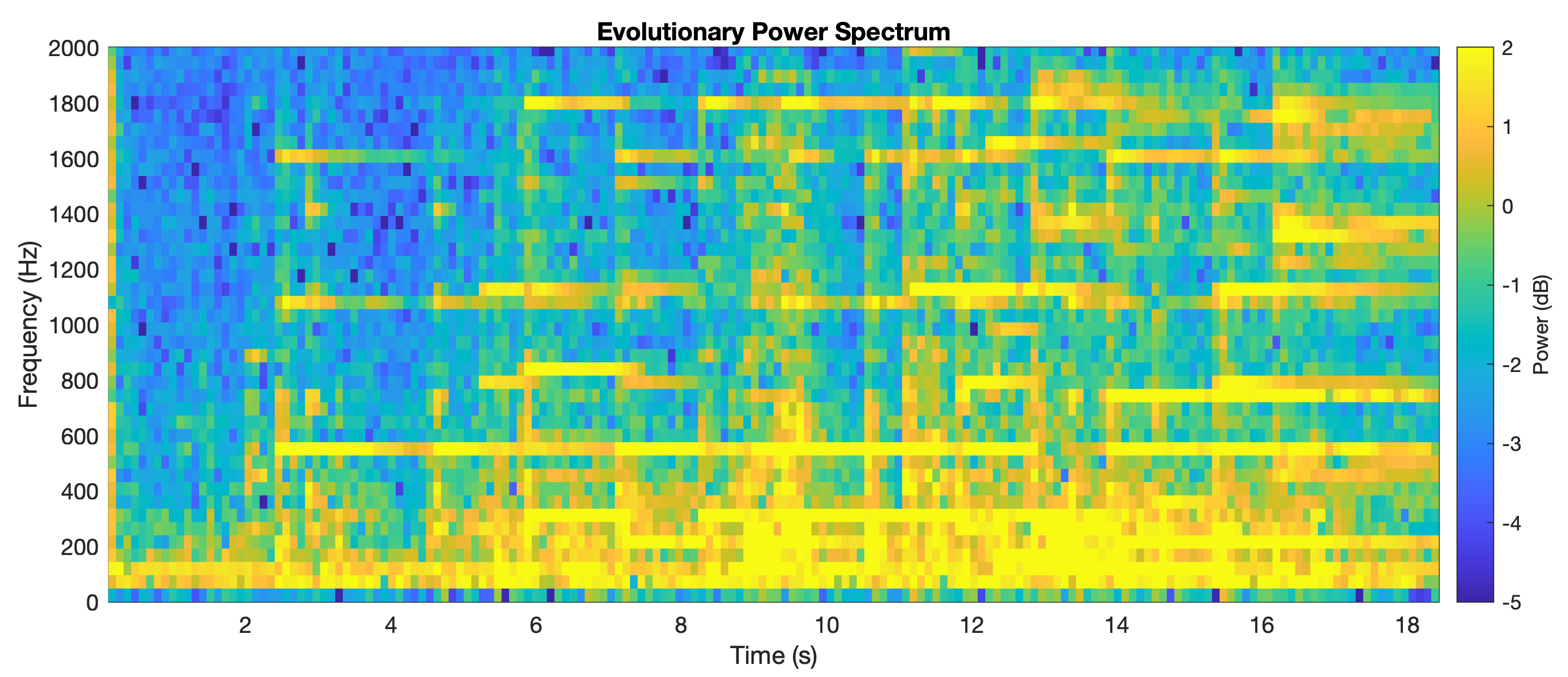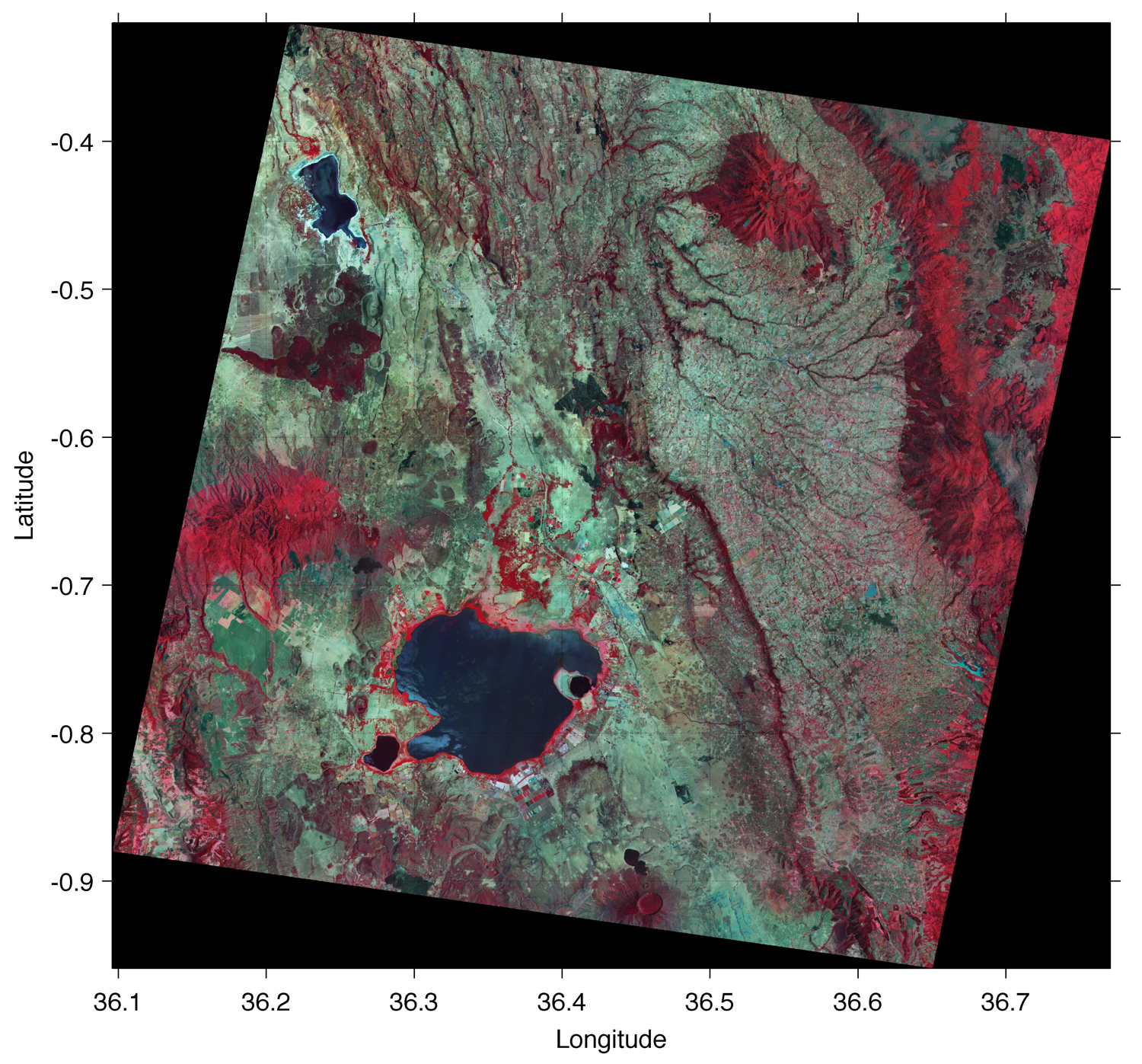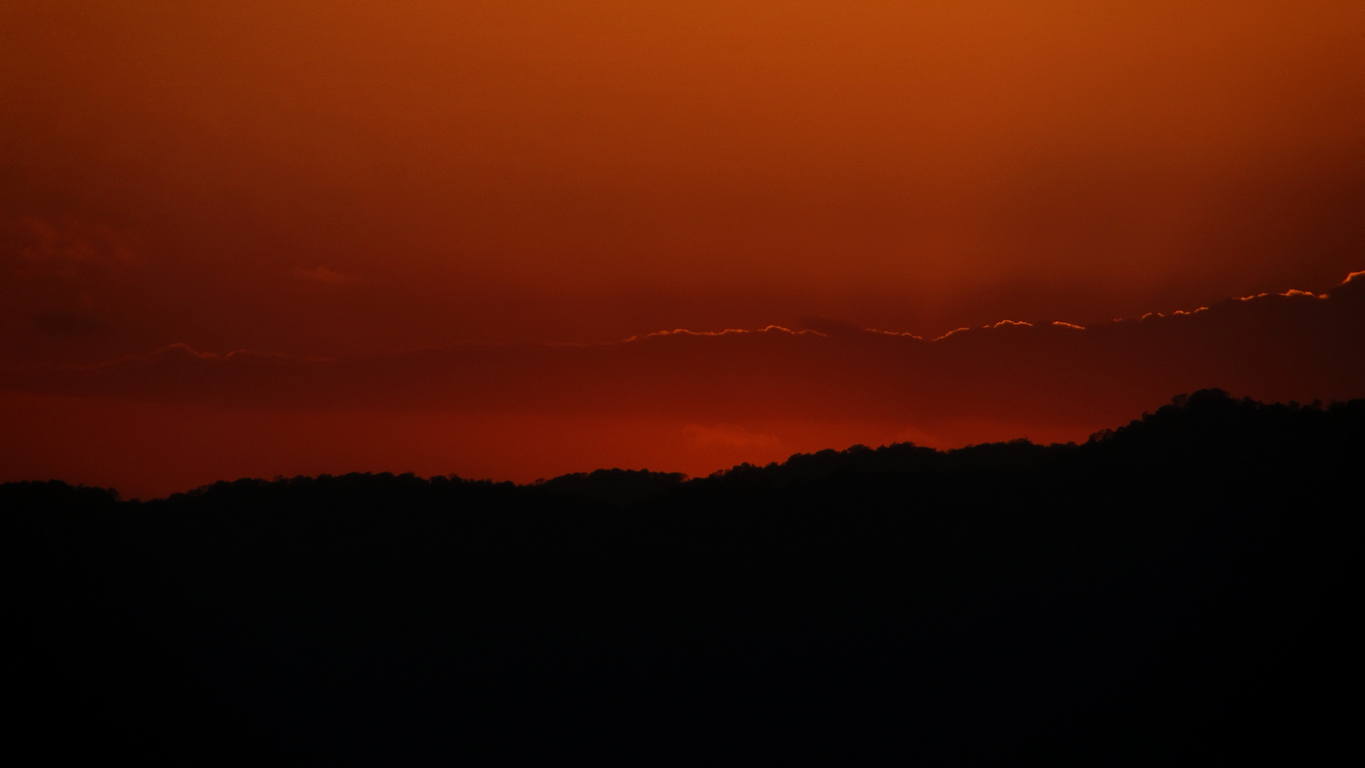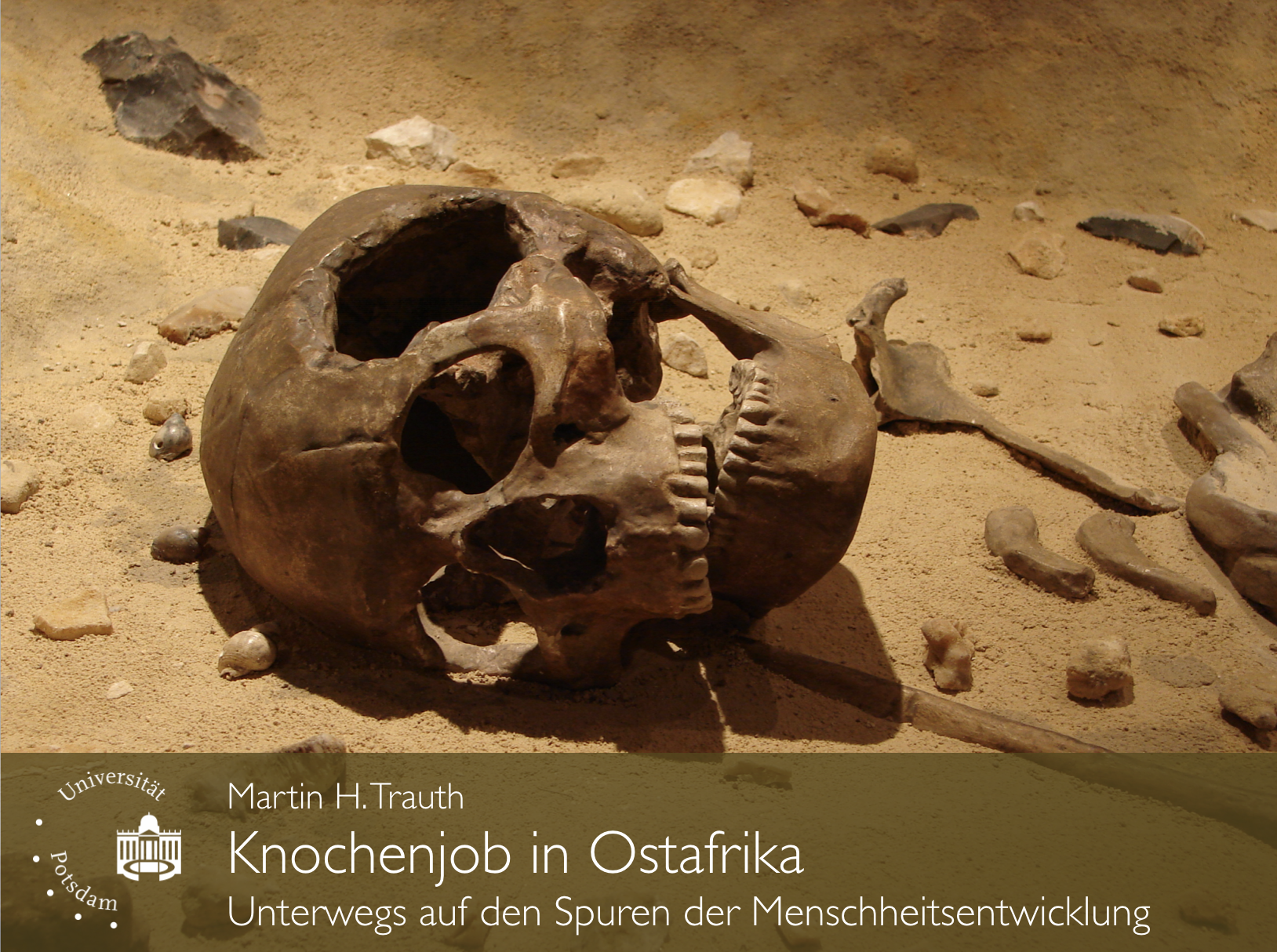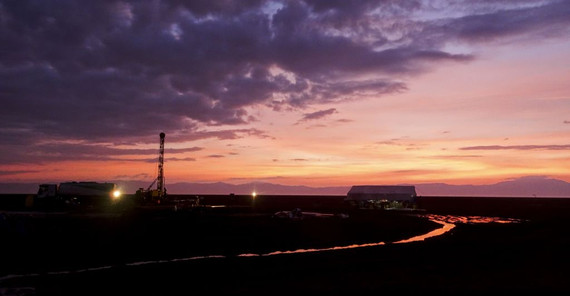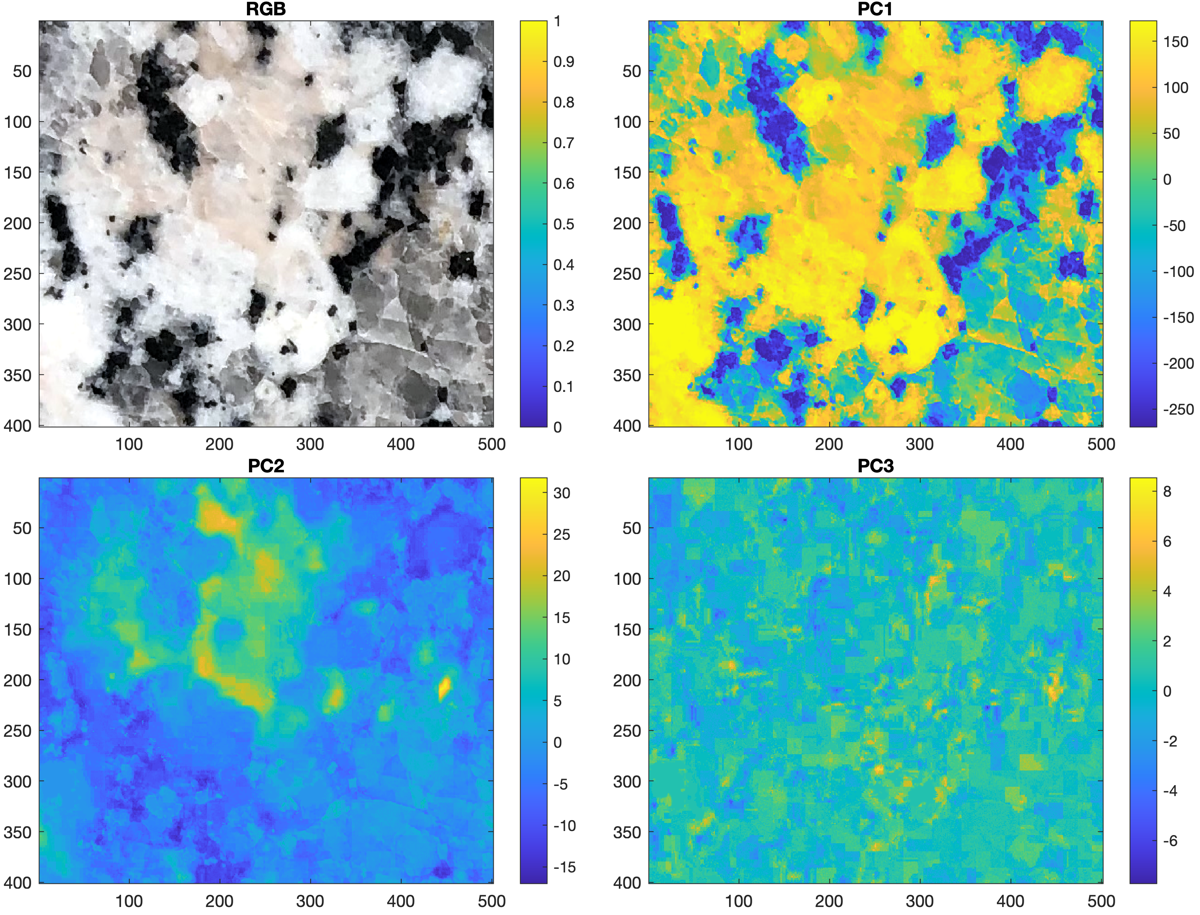The last page of my third book in the #MATLAB Recipes trilogy with SpringerNature entitled “Signal and Noise in Geosciences” is finished. It took almost a year, 333 pages of text, countless illustrations, and 4 GB electronic supplements. Continue reading “Signal and Noise in Geosciences: MATLAB Recipes for Data Acquisition in Earth Sciences”
Workaround for the removed HDFTOOL function in MATLAB
MathWorks has removed the hdftool function which was a graphical user interface (GUI) based import tool for importing certain parts of hierarchical data format (HDF). Here is a workaround for the removed feature.
Continue reading “Workaround for the removed HDFTOOL function in MATLAB”
Online Summer School on “Trends, Rhythms and Events in the Earth’s Climate System – Past, Present and Future”
The Volkswagen Foundation is funding our 5th summer school on “Trends, Rhythms and Events in the Earth’s Climate System – Past, Present and Future” in 2021. After summer schools in Africa and Europe, this one will be taught entirely online. Continue reading “Online Summer School on “Trends, Rhythms and Events in the Earth’s Climate System – Past, Present and Future””
Public Online Lecture during the University of Potsdam Children’s University
On 25 September 2020 the University of Potsdam will open virtual lecture halls for 1,250 children aged 8–10 in order to inspire them for the world of science. During the event I will teach a lecture on climate change and human evolution during the Children’s University Potsdam.
Sixth Chew Bahir Drilling Project Workshop in the Virtual Space
In two weeks scientists from the Chew Bahir project will meet in the Virtual Space to discuss the latest results of the 290 m long ICDP cores from S Ethiopia. Continue reading “Sixth Chew Bahir Drilling Project Workshop in the Virtual Space”
ThingSpeak IoT Weather Station
Reading meteorological parameters through a weather station connected to the Internet has gained great popularity. Here’s an example of how to set up a weather station, connect it to ThingSpeak and display the time series. We use the inexpensive and very popular Smart Weather Station from Netatmo in this experiment. Continue reading “ThingSpeak IoT Weather Station”
Analyzing Music in the Time and Frequency Domain using MATLAB
Computing the evolutionary spectrum of a short piano piece helps to recognize that music is the result of a complex interplay of temporal and spectral changes of sound. The MATLAB Audio Toolbox has numerous useful functions for spectrally analyzing music. Continue reading “Analyzing Music in the Time and Frequency Domain using MATLAB”
Using RGB Cameras to Classify Minerals in Rocks
Color is an uncertain characteristic for the determination of minerals. Many minerals occur in a variety of different colors. Examples are quartz with its color variants amethyst, rose quartz or smoky quartz or feldspar with color variants like amazonite. However, if the minerals in a rock are reliably determined, their different coloring can be used to quantify them. In this example we use a simple RGB photo taken with a smartphone to determine the amounts of quartz, plagioclase, alkali feldspar and dark minerals such as biotite and hornblende in granite. To facilitate the differentiation of minerals, we use a principal component analysis (PCA), which is also used to unmix and classify spectral images such as satellite images (Trauth, 2020).
